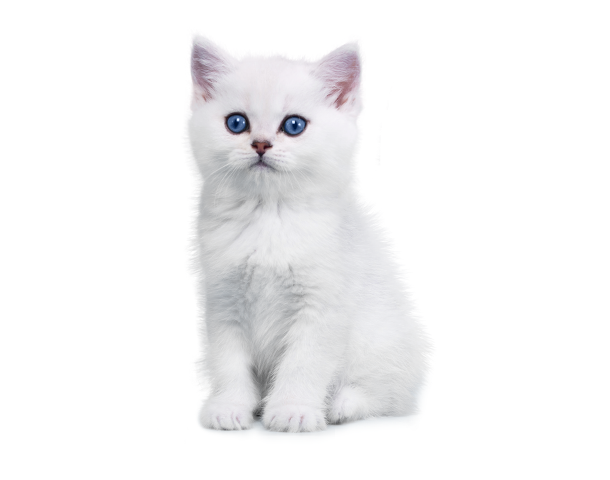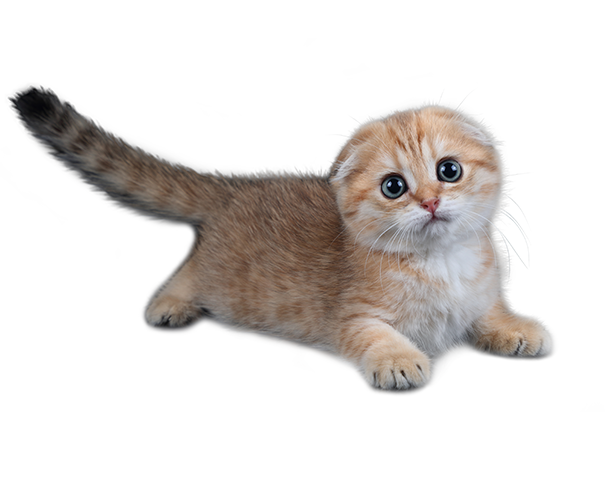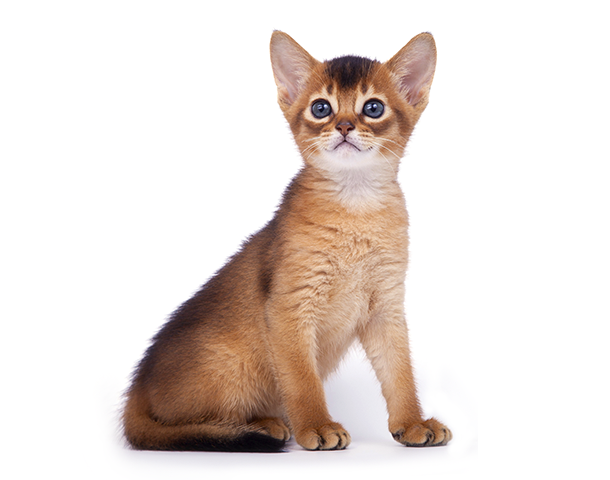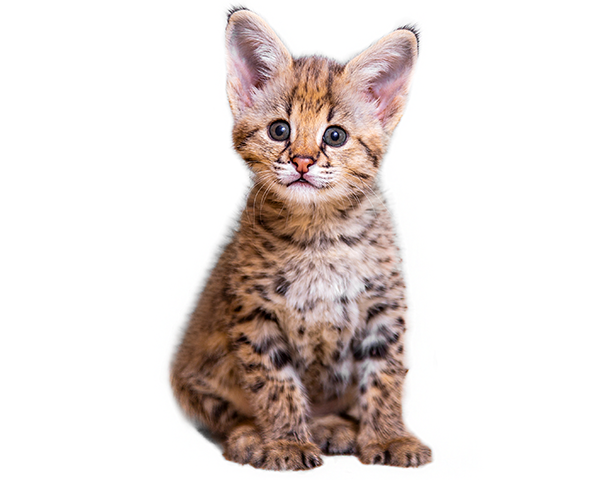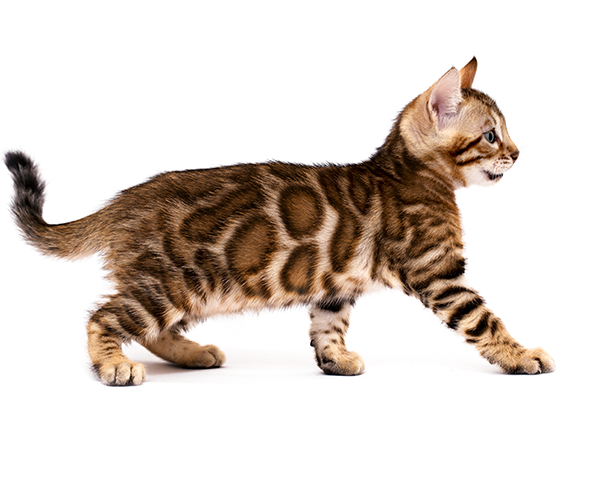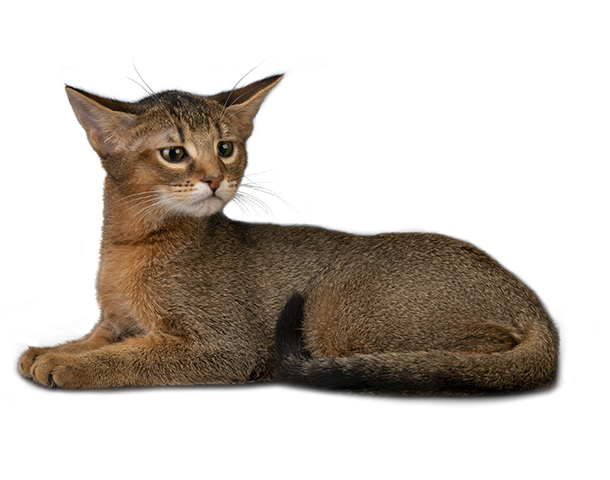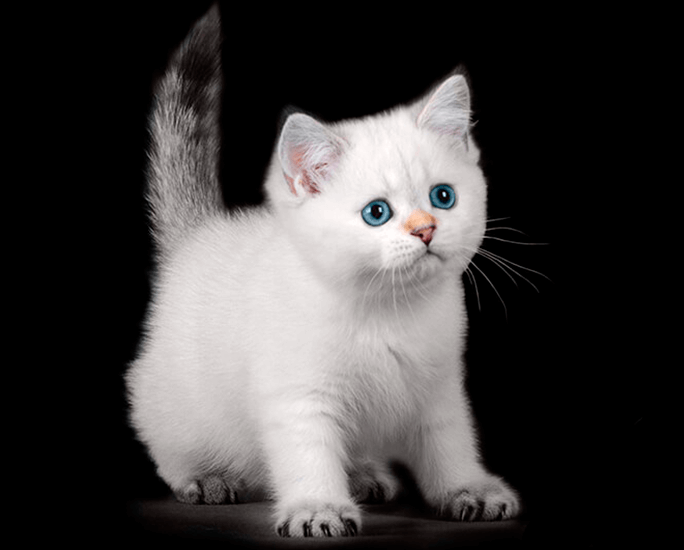Fuzzies in Bengal kittens
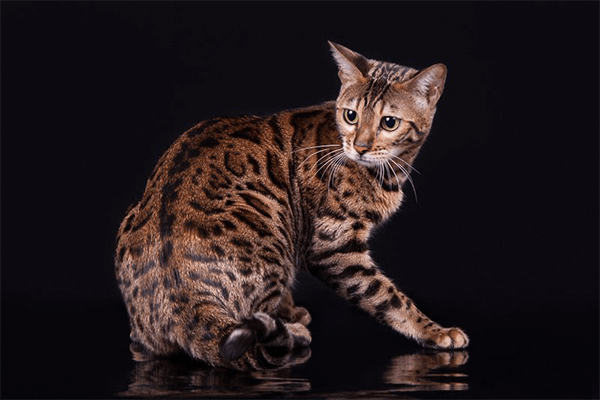
Fuzzies is a phenomenon inherited by Bengal cats from wild ancestors – Asian Leopard Cats (ALC) and manifests itself in Bengal kittens regardless of the distance in the pedigree of the wild ancestor.
Fuzzies occurs in cubs of all representatives of the cat family living in the wild.
Nature disguises 4-week-old kittens of wild cats starting to crawl out of the nest, hiding under long black or gray hairs sticking out like a hedgehog, a bright spotted fur coat visible from afar. And Bengals carry protective mimicry in their blood (Mimicry is an imitative resemblance to environmental objects, providing protection from enemies).
Bengal kittens become fuzzy at 3-4 weeks. They begin to clear from it by 3 months. And it is at this time, when they are chosen by new moms and dads, Bengal kittens are in the stage of «ugly ducklings». Don’t be afraid of this! After a certain time, they will miraculously turn into beautiful, beautiful Bengals, similar to their parents. What will be a kitten, the breeder can already understand at the birth of kittens. If a kitten was born with black, bright spots, then it will be contrasting. If with gray or light brown, then it may lose contrast by the year.
Ask the breeder for photos of kittens at 2-3 weeks old and see for yourself.
And it is desirable to see the mother and father of the kitten in order to understand what kind of adult it will be.
Fuzzies disappears completely by 4-5 months and begins to intensively stain. Completely this change sometimes ends by 1.5 years.
Fuzzies in all Bengal kittens is different. It can be very strong, when the pattern is almost invisible. And sometimes weak, appear only on the back.

